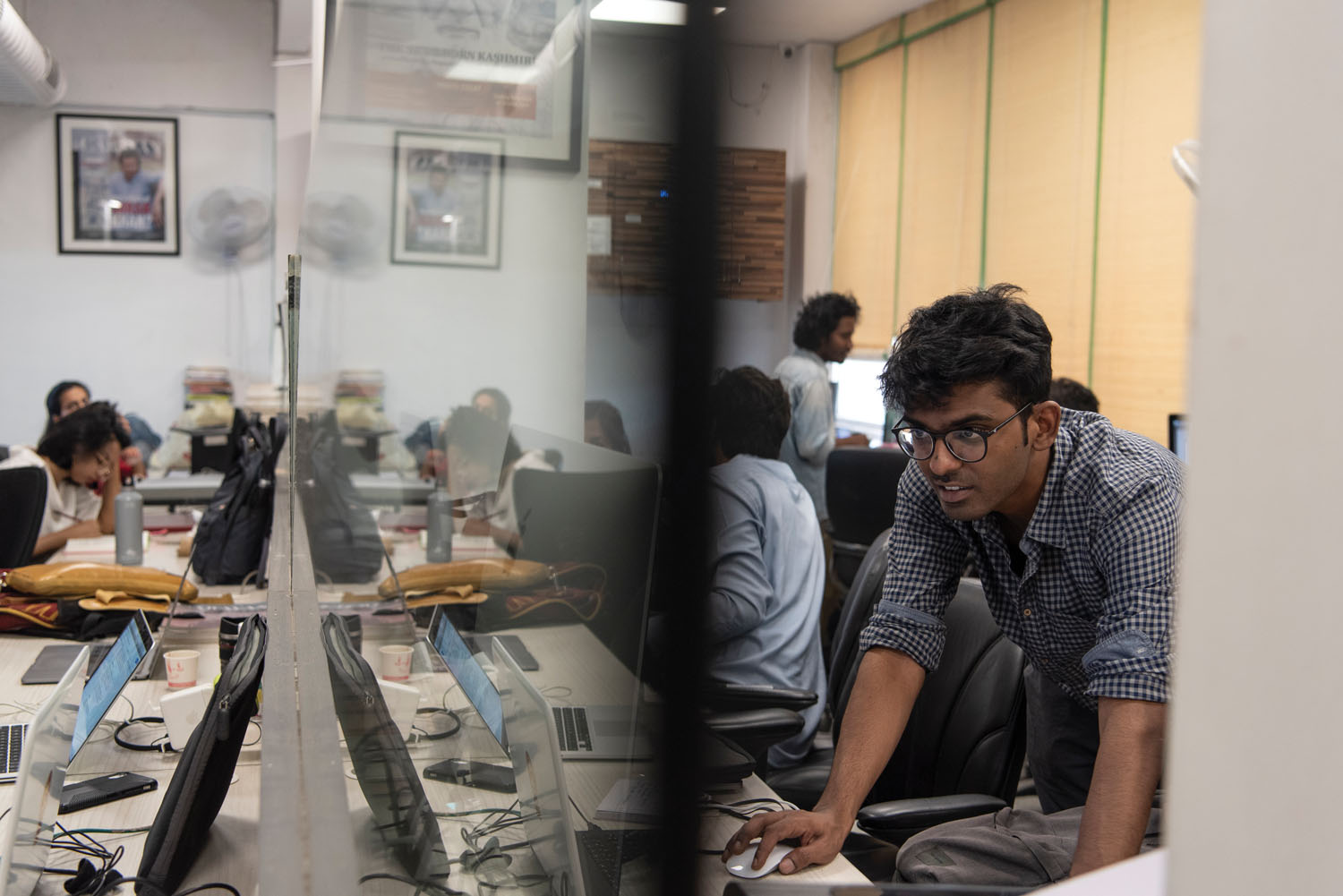Image


You should really subscribe now!
Or login if you already have a subscription.
Saumya Khandelwal is a photojournalist based in New Delhi, and a contributor to National Geographic and the New York Times. She was selected for the World Press Photo’s 6X6 Global Talent Program in 2019, and is a 2017 Getty Images Instagram grantee for her work Child Brides of Shravasti...